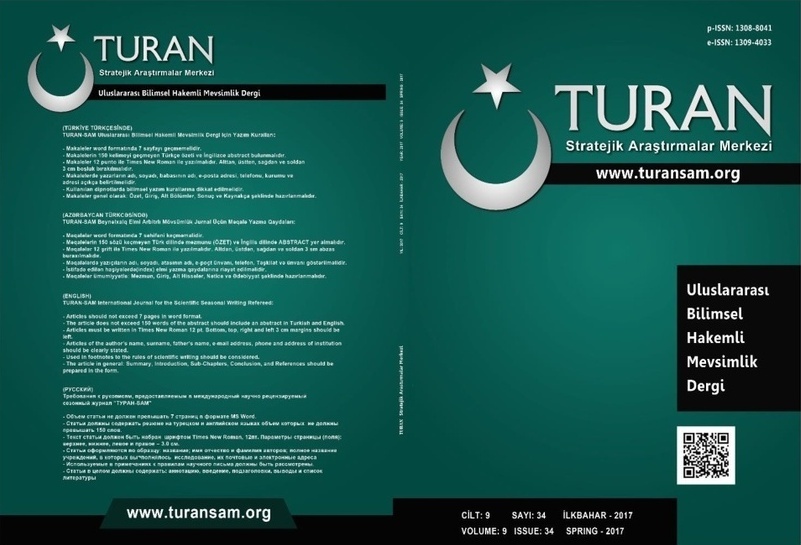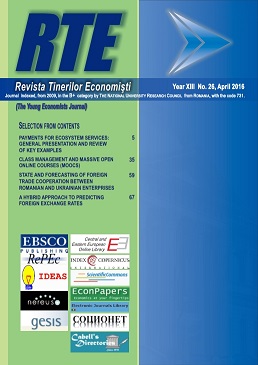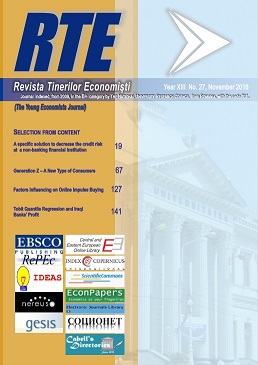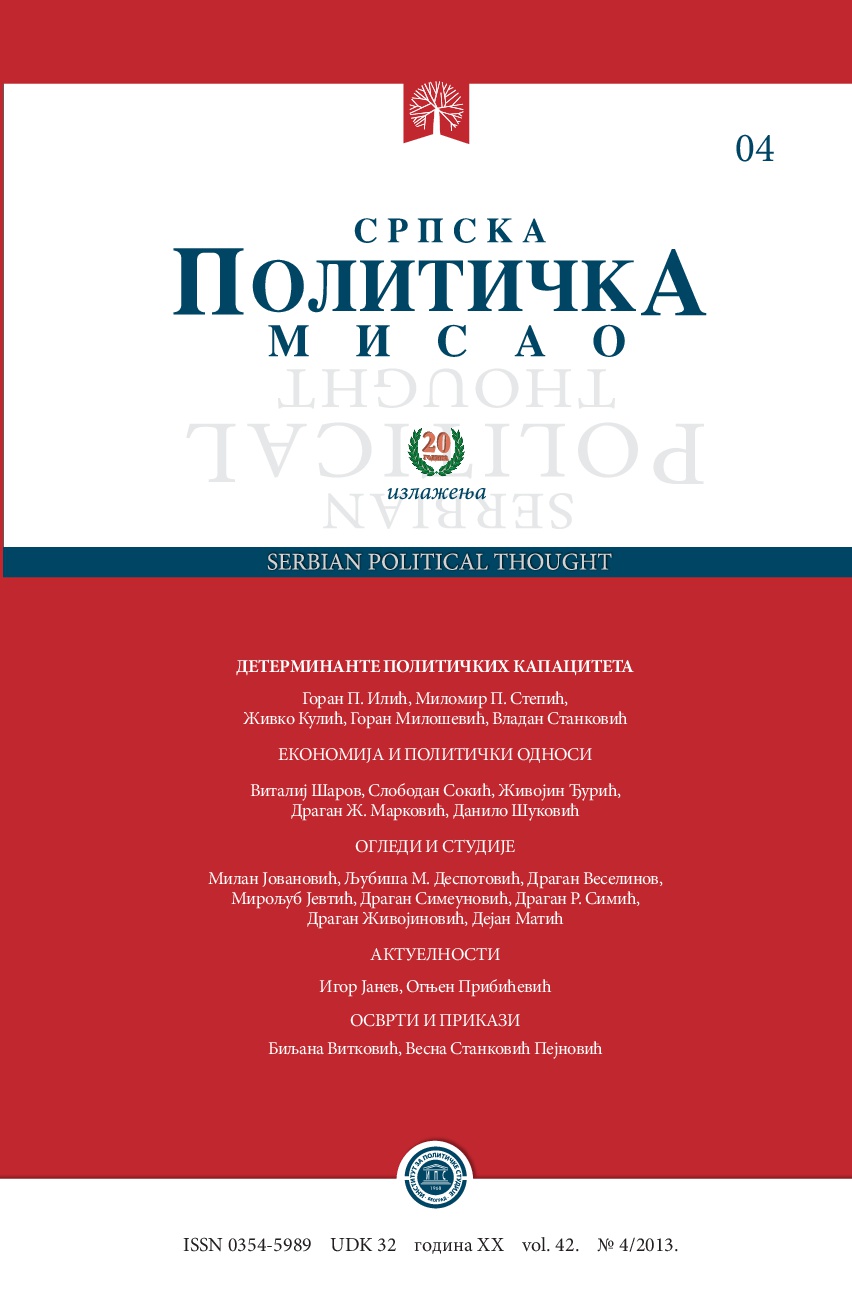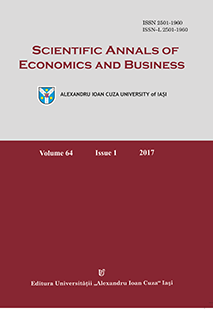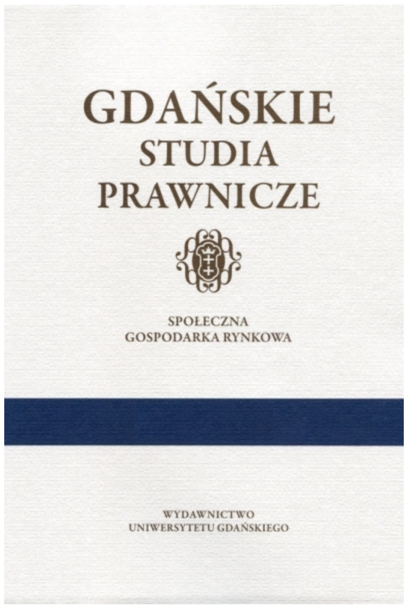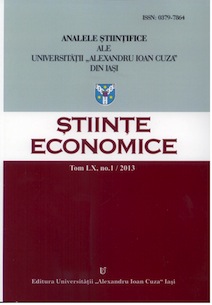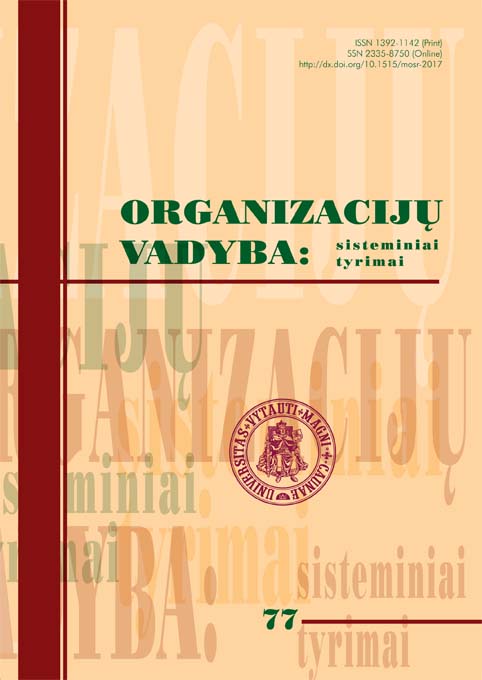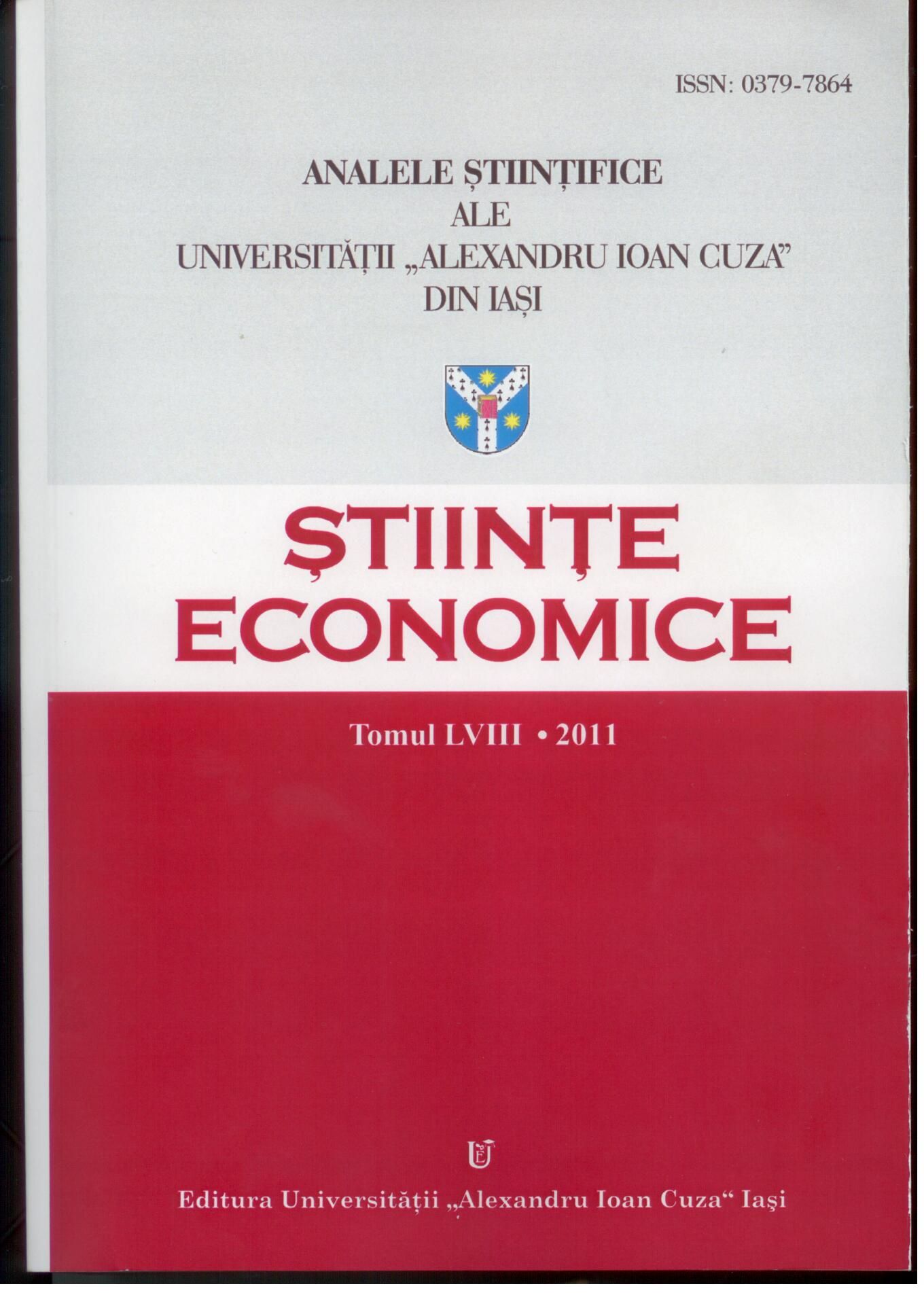Author(s): Jurgita Paužuolienė,Inga Benetienė / Language(s): Lithuanian
Issue: 1/2013
Codes of ethics attracting more and more scientists, society, employers and workers attention. Interest objective - it is expected that in both professional and social spheres can be avoided ethical problems, scandals, preventing effective employment, quality of social life. Codes of ethics - it is one of the most effective measures to resolve conflicts without neglecting professional morality provisions. Their role dependent on the volume of the Code of Ethics, the local infrastructure, the organizational environment. The main purpose of the document can be considered an organization disposition to act transparently. It is said that the code of ethics in the organization is one of the most important elements in the institutionalization of ethics, which states, recommend or define the moral norms of behaviour, rules that must be followed by every employee. Educational organizations are trying to develop innovation-intensive, so the staff competence and certain moral values are important, perhaps even more significant than in the business organization. Colleagues must respect each other, behave fairly and politely. Disrespect to a colleague who has violated professional, honorary code or the specialist condemnation is one of the factors which have led to only a code of ethics into practice. The ethics problem was investigated by A.Laurinavičius (2004) N.Vasiljevienė (2006) A.Vasiljevas, R. Singularities (2009); J.Palidauskaitė (2003, 2010); E.Petuškienė, R.Glinskienė (2008) G.Svensson, G.Wood, (2004, 2009); R.Alo, J.Gao, J.Carneiro , (2010); V.Zuzevičiūtė, D. Kraskauskaitė (2012) and others. Research aims: to elucidate employees and students attitude to the Code of Ethics. Research methods: a literature review, systematization, data processing by SPSS program. The research shown, that in the educational institution is guided by the Code of Ethics. Employees view, the main advantage of the Code of Ethics that it promotes development of employees, while the students that the code of professional activity gives morality and professionalism. Was found that both employees and students think that sometimes is encountered with problems such as conflict of interest, abusing its position, and lack of respect for another person. For employees opinion the most ethical problems are caused by the generally accepted values of fostering a lack, while students think that the lack of government commitment to ethical standards, and a negative example (Parliament, government and others institutions). It is recommended to use the Code of Ethics as a starting point for making decisions with ethical conflicts in the interpretation of ethical behaviour benefits often discuss emerging ethical issues, standards, conditions for the implementation of the Code, and opportunities. This would contribute to the implementation of ethical discussions, training for both employees and students. It should be noted that a good set of ethics rules, knowledge, ability to apply them in a particular situation, eliminates the risk of abuse. Code creating institution which documents, records shows that it is actually in control: breach of the Code, adapted certain sanctions (for example self-regulation indicator). Clear organizational goals, values, behaviour of all members of the organization appropriate information supply, feedback, employee assessment, based on the results of work shows that an organization has a high level of ethics.
More...

